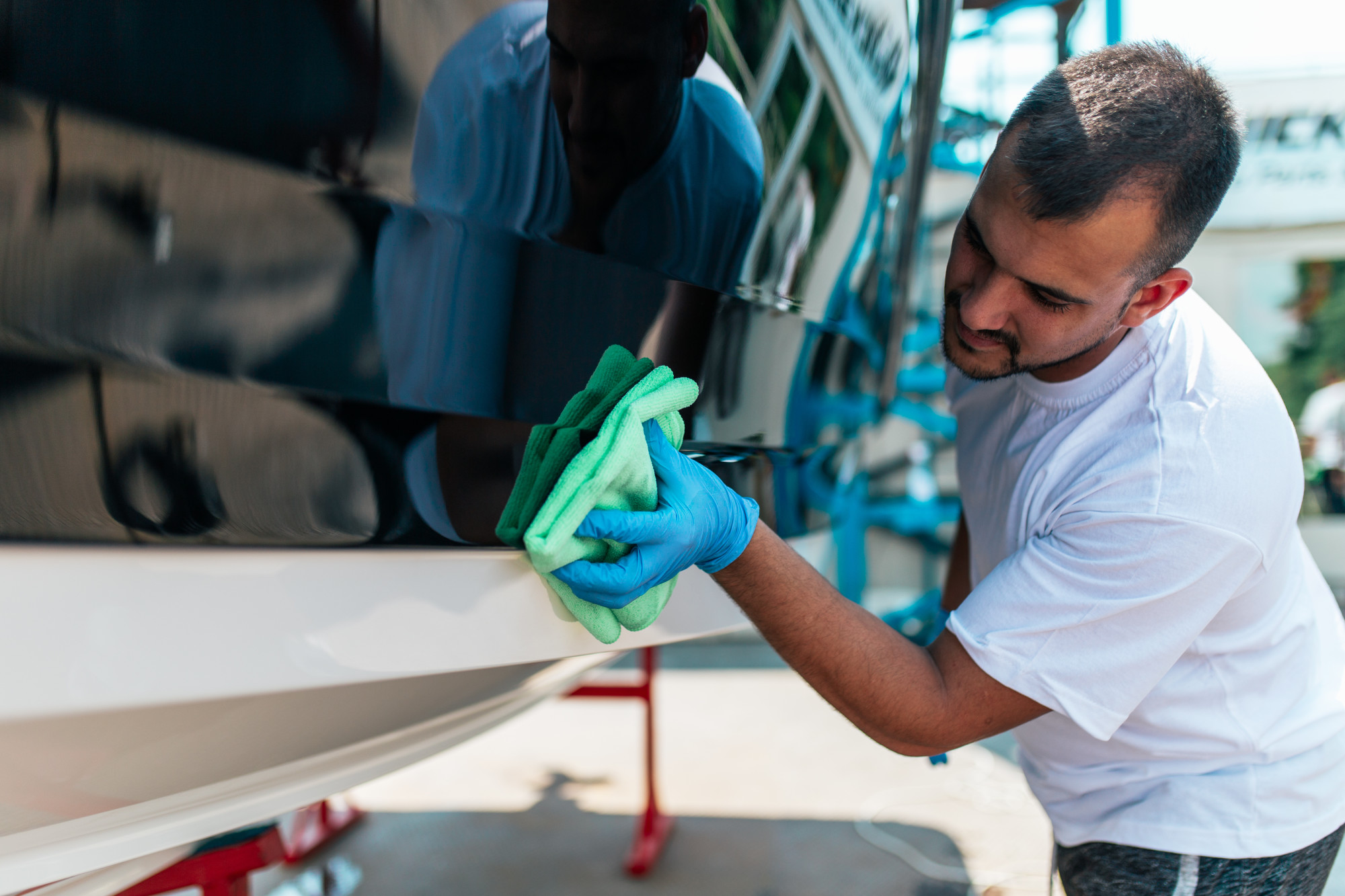Boating is a great way to get outdoors, enjoy the warm weather, and spend time rocking on the waves and millions of people do just that every year. In fact, in 2016 alone, more than 141.6 million people went boating.
Nothing compares to getting out on the water in a boat you own. However, all that time on the water can lead to some interesting maintenance issues that need to get taken care of quickly.
If you’re a new boat owner, the more boat maintenance you can handle on your own, the better. Here are a few of the most important tasks to take care of throughout the year.
Clean the Exterior Every Time
Believe it or not, boats get dirty every time you use them. Between the algae, marine life, and the minerals in the water, it’s normal to see a layer of buildup on the exterior when you pull your boat out.
This buildup needs to get cleaned off to preserve the integrity of the gel coat and the structure underneath.
After getting your boat onto the trailer, spray it down with water thoroughly. This will help keep most of the buildup from doing damage.
Every few weeks, take the time to wash the exterior with boat-specific cleaning products. This will help keep your finish looking great and strengthens the protective coating on your boat’s surface so it can stand up to the elements.
Give Your Motor Some Love
Unless you have a kayak or canoe, your boat likely has a motor on board. Like any engine, you need to stay on top of maintenance to keep it in good condition.
Before you hit the water, check your motor for damage. Inspect the hoses for cracks or leaks. Make sure the bilge works properly and always check the oil levels inside before you leave the boat launch.
These simple boat care steps will help you keep your motor working properly for years to come.
If anything does go wrong or your motor isn’t working the way it used to, don’t try to fix it yourself. Hire a boat motor repair technician and let them inspect the system for you. They’ll be able to find the root cause of any problems and can fix them quickly.
You’ll also need to stay on top of your boat motor or engine’s oil changes. For most boats, the oil needs changing after 100 hours of use. Keep track of your hours logged and make a point to change the oil as needed.
Keep It Dry
It’s normal for spray to splash over the side of your boat and onto the interior components. Before you put the boat back in storage, take the time to dry off each surface. This will help prevent rust and corrosion from damaging sensitive components.
Once the boat is in storage, you need to keep it covered to protect the interior from damage due to sunlight, wind, and rainstorms. According to the team behind this Better Boat product, these covers should fit snuggly over the top of your boat and stretch taught to allow rain to run off easily.
For boats with large seating areas, you may want to use a support pole to further brace the cover.
Take Care of Your Batteries
When you use your boat regularly, the batteries will typically stay charged up and ready to go. The boat engine itself charges them as you cruise.
However, when you put the boat in storage, your batteries will need a little TLC. Invest in a solar trickle charger or remove them and charge them at home to preserve their lifespan. Remember, anytime a battery gets fully discharged, it loses a portion of its capacity.
Standard lead-acid batteries also need to get topped off with water to protect the charging ability of the battery itself. Make sure the plates are completely covered with liquid every month or two. If the water level looks low, refill it with distilled water.
Avoid using tap water as it can leave behind mineral deposits that will damage the battery’s chemical makeup.
Inspect Your Propeller Regularly
Your boat’s propellers are what help drive the boat forward and make it possible for you to control the speed. While they’re durable and designed to avoid damage, they’re not invincible.
Inspect your propeller every time you take your boat out and again when you return. Look for signs of cracks, chips, or corrosion along the blades. If you see anything out of the ordinary, get it inspected.
Make sure the propeller is clear of any fishing line, ropes, or plant matter that could cause it to stop working entirely.
Watch for Rust
Rust is a boat’s worst enemy. It’s a sure-fire sign that the metal components are starting to break down and if you don’t take care of it quickly, you could have expensive repairs on your hands.
The best thing you can do is remove any excess water and moisture buildup from the surface of your boat after every use. This means drying the exterior and interior with clean, soft microfiber towels after every trip on the water.
Clean All Soft Surfaces Often
The seat cushions and carpeting inside your boat take a beating with regular use. You’ll need to clean them regularly to keep them in good shape.
Use upholstery-safe cleaners to remove buildup and stains from the surfaces. Prop all cushions up so they can dry fully when your boat’s not on the water.
Remove any carpeted surfaces and let them dry in the sun whenever possible. This will help kill mold and mildew growth before it has a chance to spread.
Follow These Boat Maintenance Tips
Keeping your boat in great condition takes determination, time, and great attention to detail. If you follow these boat maintenance tips, you’ll be in good shape to keep your boat on the water for years to come.
If any task feels overwhelming or you’re not comfortable handling it on your own, don’t worry. Just contact your local boat mechanic and let them take care of it for you.
For more helpful tips on keeping your boats ready to hit the water, check out our latest posts.

